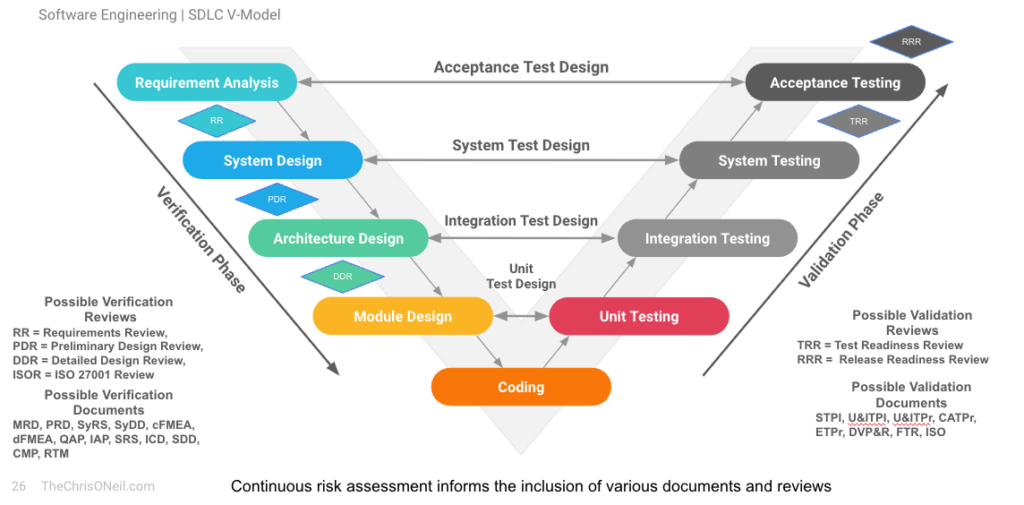Introduction:
In the world of software development, the ability to translate user requirements into clear acceptance criteria and actionable items is crucial for success. As a Senior VP of Software, this skill becomes even more essential as you lead teams and drive the development process. In this blog post, we will explore an approach that combines technical rigor with business pragmatism to effectively bridge the gap between user needs and development outcomes. Drawing upon diverse experiences and incorporating stakeholder involvement, this approach ensures that the final product not only meets technical standards but also aligns with the overarching business objectives.
Drawing from Diverse Experiences:
To excel in translating user requirements, a broad perspective is invaluable. My career journey began as a systems engineer in Silicon Valley, working on nuclear weapons projects. This early experience emphasized the importance of building systems with zero margin for error. It instilled in me a deep appreciation for stringent quality assurance practices to mitigate the risk of high-level requirement corruption throughout the software development life cycle.
Transitioning to commercial projects provided a different set of challenges. Tight budgets, quick timelines, and the need to deliver products that were ‘good enough’ demanded a delicate balance between technical excellence and business constraints. This exposure further honed my ability to weigh technical quality against the overarching business needs, paving the way for a more pragmatic approach to software development.
Leveraging the V-Model of Systems Development:
A critical aspect of translating user requirements lies in defining acceptance criteria and actionable items. To achieve this, my teams and I employ the V-model of systems development. This approach aligns each stage of development with corresponding testing and validation steps, ensuring that the final product meets the user requirements established at the project’s inception.
By following the V-model, we guarantee that no crucial steps are overlooked. The iterative nature of this approach allows us to continually refine and validate our understanding of the user requirements throughout the development process. This methodology not only helps prevent unnecessary rework but also maintains a clear line of communication between the development and engineering teams, fostering collaboration and minimizing misunderstandings.

Figure: V – Diagram with a Quality Component – Excerpt from my archives on SDLC
The Importance of Stakeholder Involvement:
Translating user requirements is not solely a technical endeavor; it is a multifaceted process that demands input from stakeholders across various domains. To achieve a comprehensive and accurate understanding of the project’s objectives, we prioritize stakeholder involvement at every stage of the Software Development Life Cycle (SDLC).
Regular stakeholder reviews are conducted, bringing together participants from engineering, product management, and even customers. By involving diverse perspectives, we gain a holistic view of how well the technical design and evolving product align with the initial requirements and business objectives. This collaborative approach allows us to consider not only technical correctness but also real-world applicability and business relevance.
The Outcome: Technical Excellence and Business Relevance
By incorporating stakeholder input and maintaining a continuous focus on the original user requirements, our approach ensures the delivery of products that are not only technically sound but also aligned with business objectives. This methodology strikes a balance between the rigor of quality assurance practices and the pragmatic demands of commercial projects. The resulting products are not only capable of meeting technical standards but also possess the necessary qualities to create meaningful value for our customers.
Conclusion:
As a Senior VP of Software, translating user requirements into clear acceptance criteria and actionable items is a critical responsibility. By combining technical rigor with business pragmatism and incorporating stakeholder involvement, you can bridge the gap between user needs and development outcomes. Drawing from diverse experiences and leveraging methodologies such as the V-model, you can ensure that the final products meet both technical standards and business objectives. With this holistic approach, you and your teams will excel in delivering software solutions that exceed expectations and drive meaningful value for your organization.